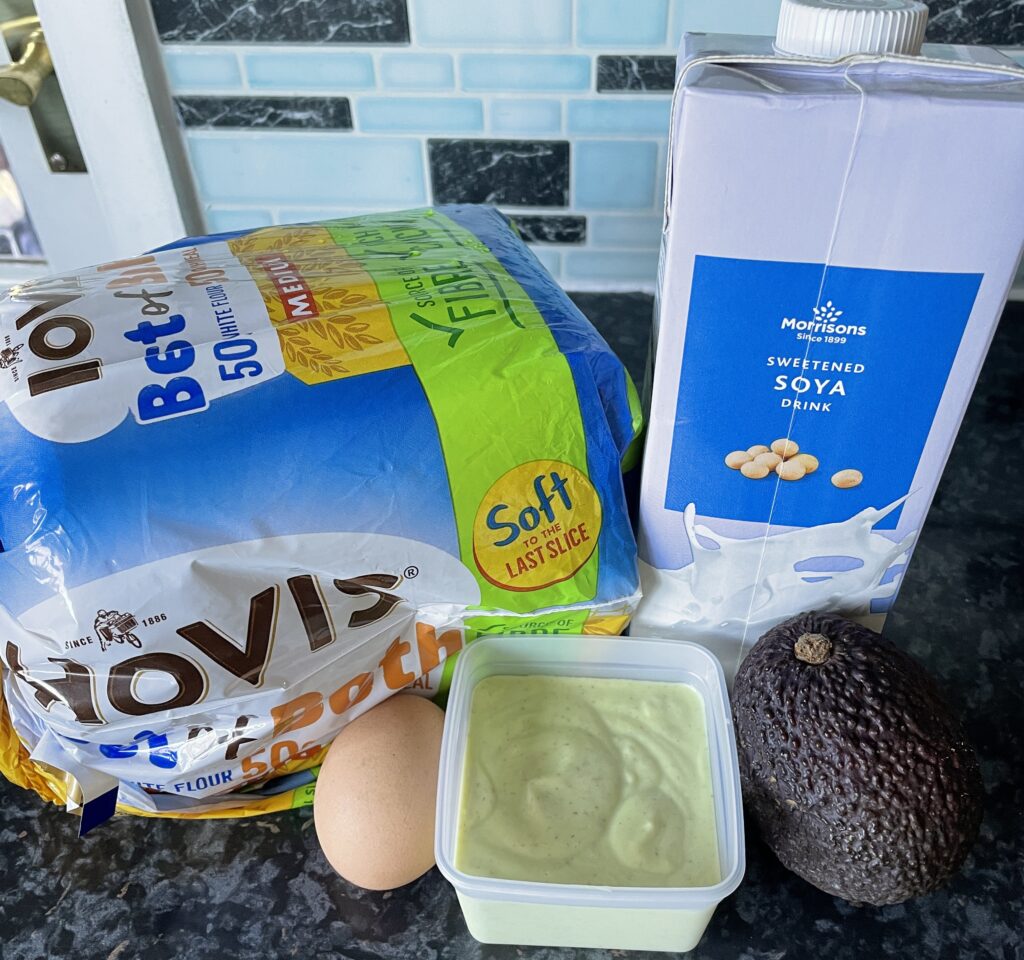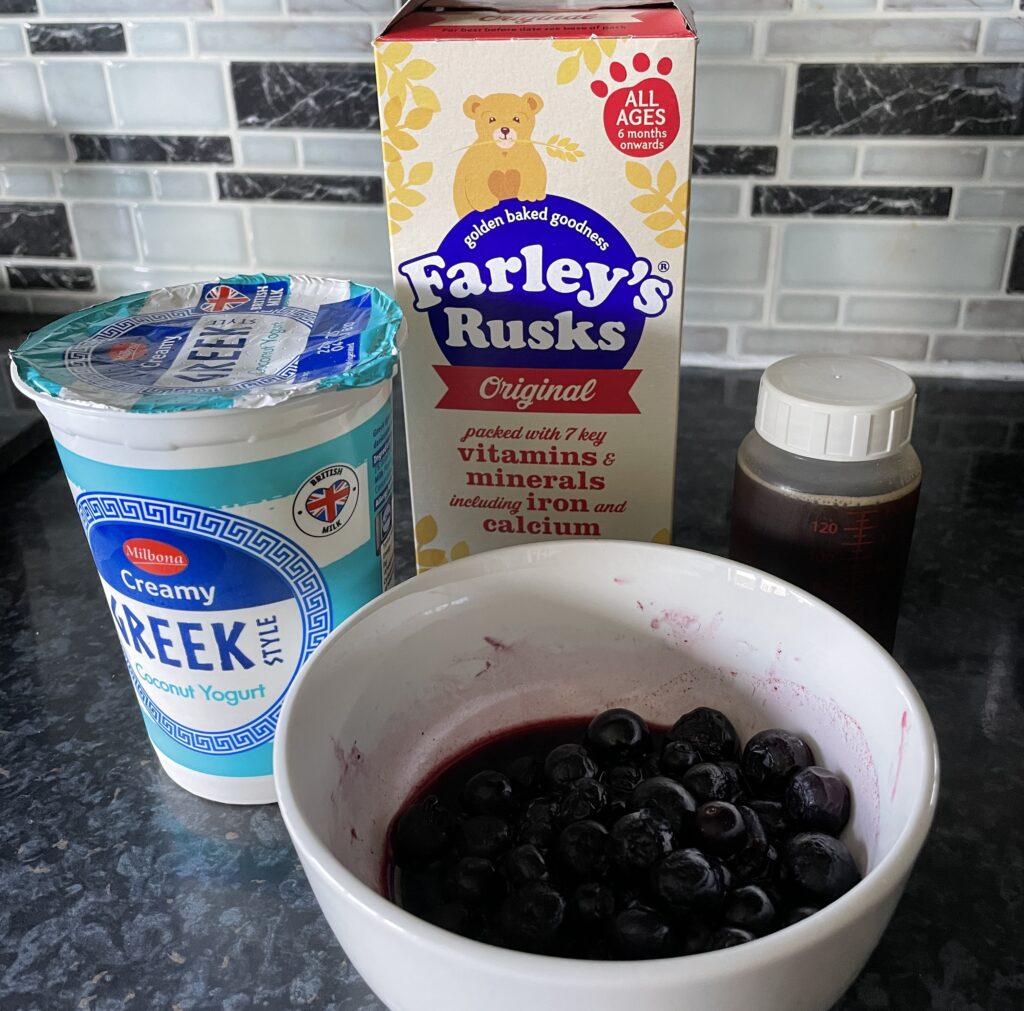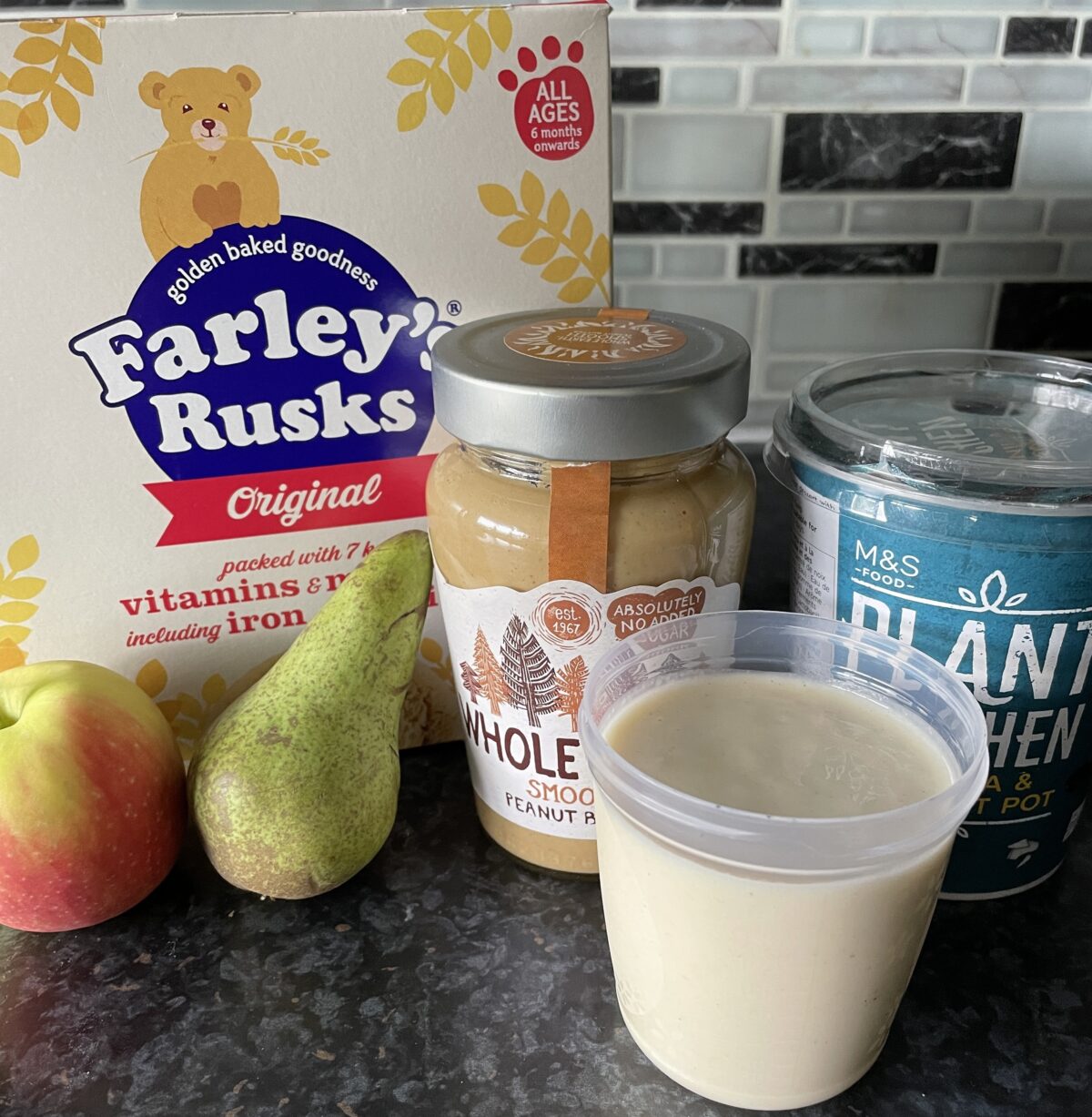(Disclaimer: This blog post contains affiliate links, if you use my link to make a purchase, I will receive a small commission. There is no additional charge to you. I appreciate your support so I continue to provide you with new content)
My daughter Avery has been tube fed almost her entire life. She went from having an NG tube to a G tube, and this summer, I decided to start transitioning her onto a blended diet.
What Is A Blended Diet?
If you’re familiar with tube feeding, then you’re probably familiar with ready-made feed. It’s designed with tube feeding in mind, and from my experience, it doesn’t smell or taste very good. They also have a very intimidating looking ingredients list.
A blended diet is pretty much what is says on the tin. Real food, blended.
Is A Blended Diet Right For Me?
I made the decision to transition Avery onto a blended diet after lots of research, consulting with her medical professionals and gaining a lot of information and advice from her dietician. If you’re considering making the change – I would strongly suggest you do the same.
There was a few reasons I decided to make the change.
Avery has severe reflux. Giving her a blended diet means we can control and trial the foods we give to her. Of course, there are obvious foods that we can avoid like citrus fruits and tomatoes, but we can also observe to see if there are any other foods that she is more sensitive to and adjust.
The idea that she is having food instead of feeds is comfortable, it feels more like she is having meals. We can even blend whatever were having and involve her in our meal times.
I won’t lie, it’s probably not the easiest and most convenient option. I live in the UK, so Avery’s G tube feed was always supplied to us through the NHS, it’s ready made and ready to go.
With a blended diet, you need to buy the foods you will be blending – if course it shouldn’t make too much of a difference if you’re blending the meals you’re already making, but this isn’t always the case. Like I said, Avery has reflux – so there are a lot of foods that we eat that we would prefer to avoid for Avery. You then also need to prepare, cook and blend the food. It’s a bit of a process, especially if you chose to batch.
Another reason I chose to give Avery a blended diet is, well – the goal is to get her eating. With a blended diet she can taste her food. Giving her a few tastes of her blend before it goes down her g tube will help her associate tasting food with the feeling of fullness. I haven’t tested this theory yet, but it makes sense, and it’s definitely something we can build on.
Let’s Talk Blenders
The blender you chose can have an impact on the options and food you can include in a blended diet. There are affordable options, but you might find these just won’t blend everything, like ground beef for example. Food has to be really smooth to avoid blocking the tube (which we have done a few times – it’s all trial and error).
I invested in a Vitamix Explorian E310, and from what I can tell this is the entry level Vitamix, but it still has a hefty £399 price tag! I won’t lie I wept a little when I said goodbye to almost £400 for a blender – A BLENDER!
But, from the research I had done, the Vitamix seemed to be top dog, and capable of blending just about anything. I already had to restrict Avery’s diet because of Reflux, I didn’t want to have to restrict it any further.
You can find the blender we chose here – https://sovrn.co/19h2gc9
Calories And Volume
A lot of tubies can be volume sensitive – the good thing about the g tube feed is that its easy to figure out the calories, and Avery’s Compleat Paediatric was 1.2 calories per ml – so pretty calorie dense which meant we could get away with a lower volume.
This is something to think about if you’re considering a blended diet. Your blends need to be smooth and thin enough to pass through the g tube, and not all foods, particularly fruit and vegetables are high in calories, so sometimes it can be a little bit tricky to make sure you’re reaching your advised calorie requirement.
With that being said a lot of people like the blended diet as you can work with portion sized instead of calories. There are also low volume, high calorie foods that can be added to any blend, like peanut butter or olive oil.
Whether you chose calorie counting or portion sizes – you should always keep an eye on your weight gain/loss. Obviously this is more important in babies and children, Avery is only 18 months old and still growing, so it’s important for us to weigh her regularly to make sure she is getting enough nutrients to keep her healthy and growing – but these are all things you will have discussed with your medical professionals.
Starting A Blended Diet
If you or your tubie already eat some food orally, you’re at a great starting point, especially if they’ve explored a wide range of foods. Avery had only eaten small tastes of purees, and we hadn’t explored many allergens. So I started with simple blends of foods she had eaten orally that I knew she tolerated and likely wasn’t allergic to.
For nil by mouth tubies – I’ve heard starting with a simple bone broth and adding from there is a good way to go.
From this point on I found the best way to move forward it to think of it as baby weaning. Simple foods at first, no added salts or sugars, and only introducing a new allergen every three days.
My Recipes
I’m not sure if I could call these recipes as such, but these are the blends I’m making now – Avery is still early in her blended diet journey. So our blends are easy and simple.
As Avery has reflux, you will notice I use some diary substitutes – she is not dairy free, but the fat in dairy can make reflux worse, like I said, it’s all trial and error.
We also add prune juice to some of Avery’s blends – this is purely because we like to use banana, it’s hearty and high in calories, but it can be constipating, so we use prune juice to help counteract that.
You can of course, adjust all of these recipes – but the basic consensus to remember is to include all food groups – protein, carbohydrates, fruit and vegetables, fibre and fats.
Banana, Baby Porridge, Peanut Butter & Prune Juice
This was our first blend – It’s high in calories, all food groups are there and it’s simple. Baby cereal is a great carbohydrate for first blends, especially if your tubie is little, it’s easy to blend and the baby porridge I use is oat free – peanut butter is an allergen, remember to only incorporate one allergen every three days.
Scrambled Egg, Avocado, Bread & Soya Milk

I found this to be a nice savoury option. I used brown bread and treated it as an allergen because of the wheat. Just remember when chilling or freezing blends with egg, meat or fish – you need to reheat it to 75 degrees Celsius to kill off any bacteria.
Chicken, Sweet Potato & Carrot
You can use any liquid to thin this one down, we just used soya milk as its what we keep for Avery’s blends. Chicken is a great source of protein and its high in calories. I did notice that I couldn’t get this blend smooth enough until I had purchased the Vitamix.
Blueberries, Coconut Yoghurt & Farley’s Rusks

I didn’t end up needing an additional liquid for this blend. I soaked the rusks in hot water turn them into a puree before adding to my blender. Blueberries are considered brain food and full of anti-oxidants.
You can see the general rule with all of these blends, they cover all food groups and they’re fairly simple foods with mild flavours.
Like I said you can switch up these recipes easily if you follow the general rule.
You can use a variety of fruit and vegetables, I tend to stick to ones that blend nicely and don’t have seeds, I tried using raspberries once and it resulted in an emergency tube change.
Cereals are a great source of carbohydrate and fibre – I have soaked Cheerios for blends, and I have used Weetabix. I haven’t tried oats yet as Avery once had a reaction to an oat-based baby lotion so were a little hesitant, but oats a very nutritious and a great food to use, just treat it as an allergen.
For proteins, you can explore meat, fish and eggs for savoury blends, and dairy is a great way to add protein to sweeter, breakfast-style blends.
I hope this helps. In case I didn’t get my point across throughout this blog post, please consult with your medical professionals and dietician before making this transition – blended diet may not be for everyone.

